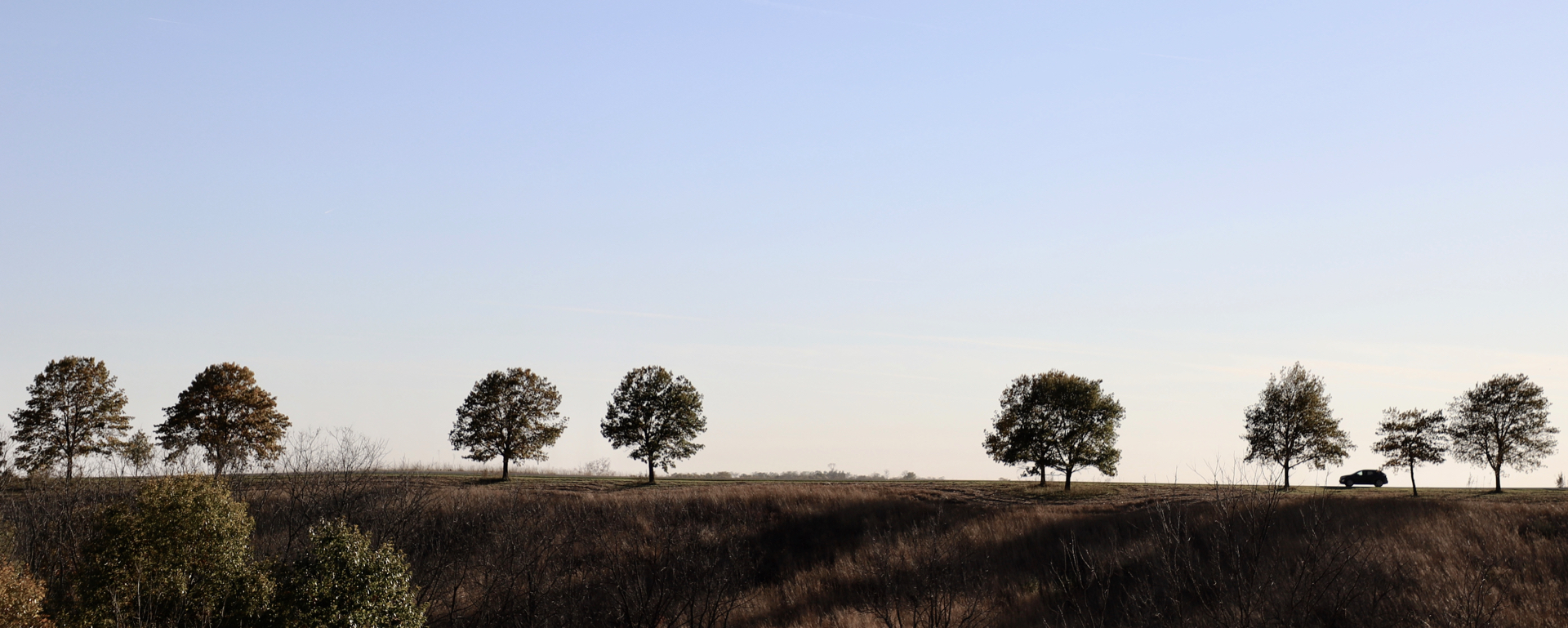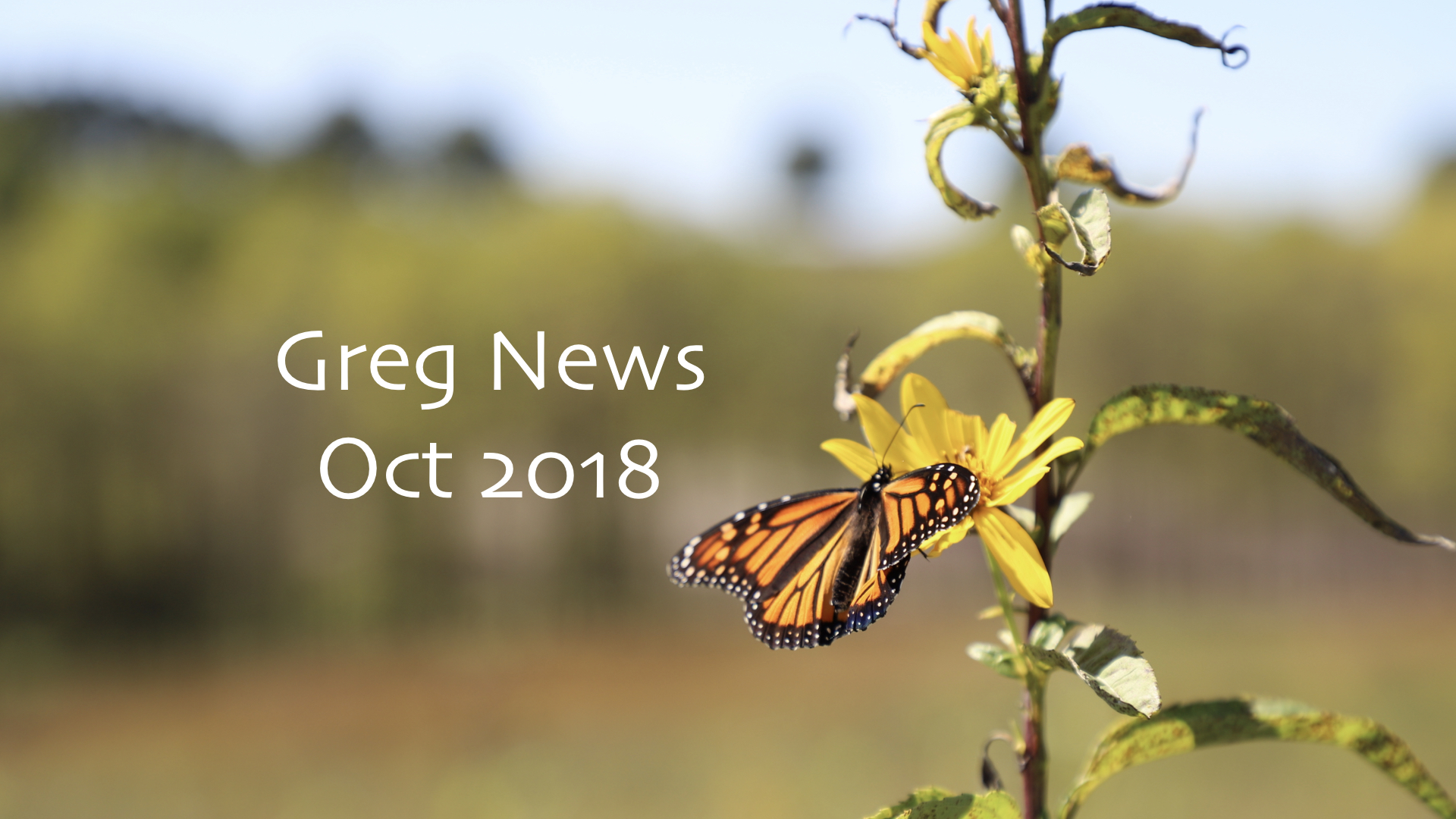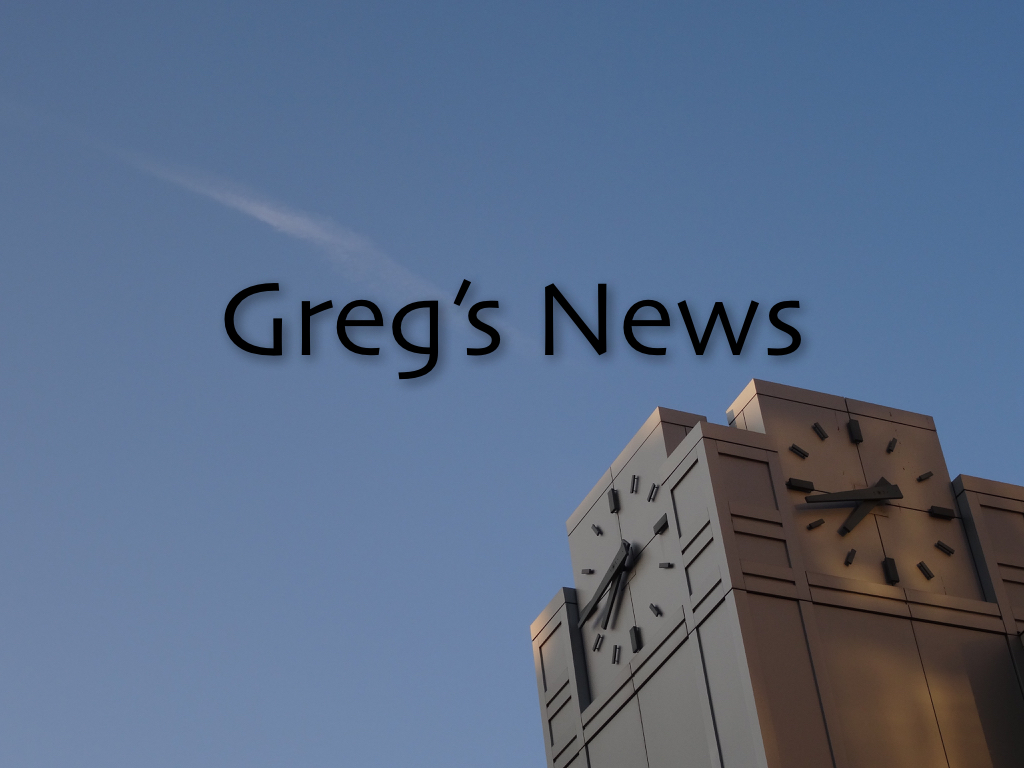Personal Update 201810 | 1 Oct 2018 | Monday
Greetings,
I hope you’re doing well. Thanks for taking a moment to read my October update.
NEW SCHEDULE
Starting with this month I plan to begin sending out my updates at the beginning of the month rather than the end of the month. For the recap of September you can read the end-of-month update I sent out yesterday.
DEMOCRACY
For most of my adult life I’ve been interested in civics, governance, and politics. If you do a Google search for “a government of the people” you’ll see of the 10 million results the top site is AGovernmentOfThePeople.com which I created about five years ago. The site has had about 30,000 visits since then. It’s designed to be a reference site for materials related to democracy — what helps democracies thrive and what causes them to fail.
The site also looks at other governance models for an honest comparison and reference point. Countries with communist foundations like China, or monarchies like Jordan, also seem to thrive and function fairly well. So, the question is how can we make our fairly young democracy function well and thrive to produce equally desirable outcomes.
According to Social Progress Imperative, we are currently in position #25, lagging behind Slovenia, among countries graded on their positive impact in the world. The Good Country Index also has us at position #25. By just about any measure, we’re unfortunately not leading the world. This suggests that our Democracy needs tweaking.
Some European and Scandinavian countries offer us examples of successful democracies, but every country has unique challenges and opportunities and we have ours.
This summer from May through July, I assisted with the publishing format and layout of a book called “Columns of Democracy” by Nicholas Johnson (my dad). Through a collection of recent writings, the book examines the core institutions that support our democracy: media, education, judiciary, voting, and libraries.
I’ll share an excerpt from the introduction to the book (page 15):
It is said that as Benjamin Franklin was leaving the Constitutional Convention he was approached by a man who asked, “Well, Mr. Franklin, what kind of a government did you give us? A Republic or a Monarchy?” To which Franklin replied, “A Republic – if you can keep it.”
For 230 years we did keep it. American democracy confronted challenges along the way, but none succeeded in abolishing democracy. From the time I first thought about such matters at the age of seven (December 7, 1941) the possibility we would not keep it never entered my mind.
Then my father was able to reassure me that America’s democracy would survive a traditional World War II. Today’s attacks on the columns of democracy are in many ways more invisible, invidious and destructive than those from Japanese fighter planes and bombs in 1941. Can we give our children and grandchildren a reassurance similar to what my father provided me 77 years ago – reassurance that American democracy will survive?
Not now.
What the future holds is up to us.
That’s an ominous warning, yet true. Keeping a garden, owning a car, or maintaining anything of value takes skill, commitment, and sometimes hare work. Democracy is no different.
However, like a car that has been neglected, and increasingly takes more time and money to operate, our democracy has recently been having more and more problems. It’s become more costly, stressful, and time consuming to manage. I find I’m spending several hours a week or more to keep up with current news. This last week I spent about 12 hours watching the Supreme Court nomination hearing and related news.
I’m embarrassed to converse with my friends from other countries. “Hey Greg, how’s that fancy sporty democracy doing?” they ask. My reply is often, “Oh, it’s back in the shop again for more repairs. It was getting really poor fuel efficiency and making a lot of noise.”
Our civic duty is more than just voting in elections. We need to stay engaged, be informed, and participate to help determine what initiatives and candidates will be on the ballot. Participation on election day is important, but it’s like participating in a football game in the final minutes of the game, rushing on the field and hoping we can impact the outcome of the game. That’s just not how democracy works. We need to be involved along the way.
“Columns of Democracy” is a great field guide for those who want to have an informed and effective positive impact. If you’re someone who is civically involved, or want to be inspired to become so, I’d suggest getting a copy of the book. It’s available on Amazon, and locally in Iowa City at Prairie Lights.
THANKS
Many thanks to all of you who keep in touch and provide support for the work I do.

__________
Want More News? For additional news and updates you can subscribe to the Resources For Life Newsletter by sending an email to resourcesforlifenews-subscribe@yahoogroups.com
Origins. For those of you who are new to these monthly personal updates, they began about 18 years ago out of a desire to share from my personal life about topics of lifeways (faith), health, career, finances, relationships, effective living, and activism. This is based on the life map presented on the Resources For Life website.








